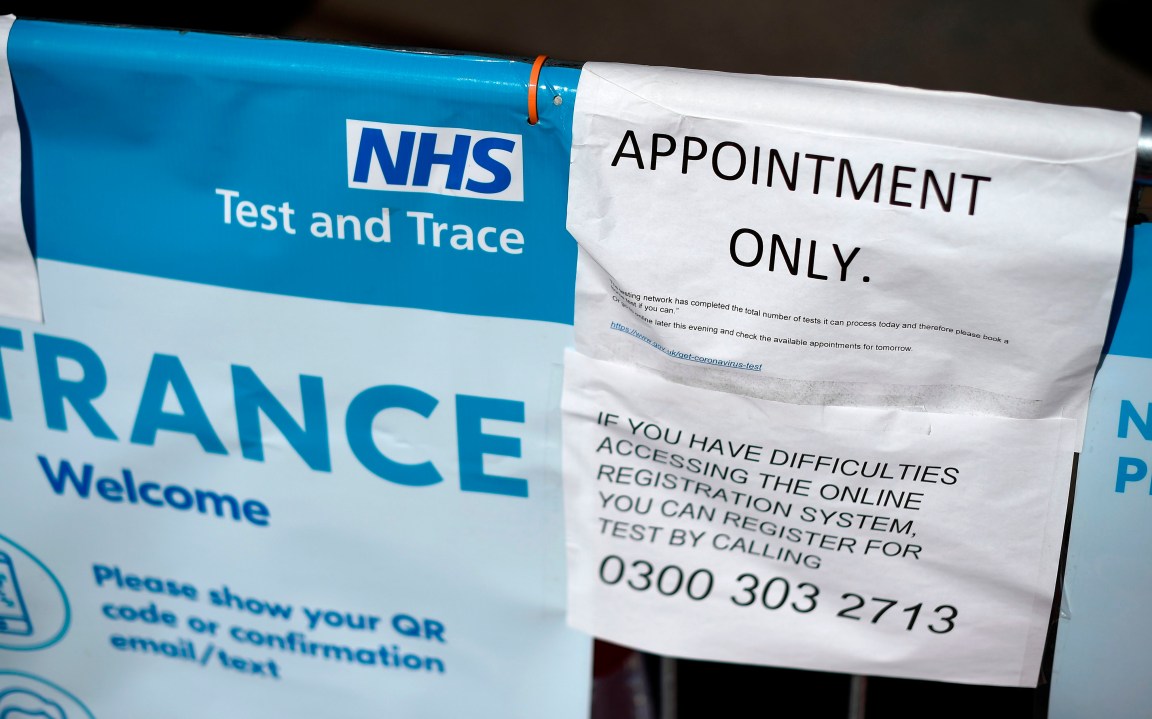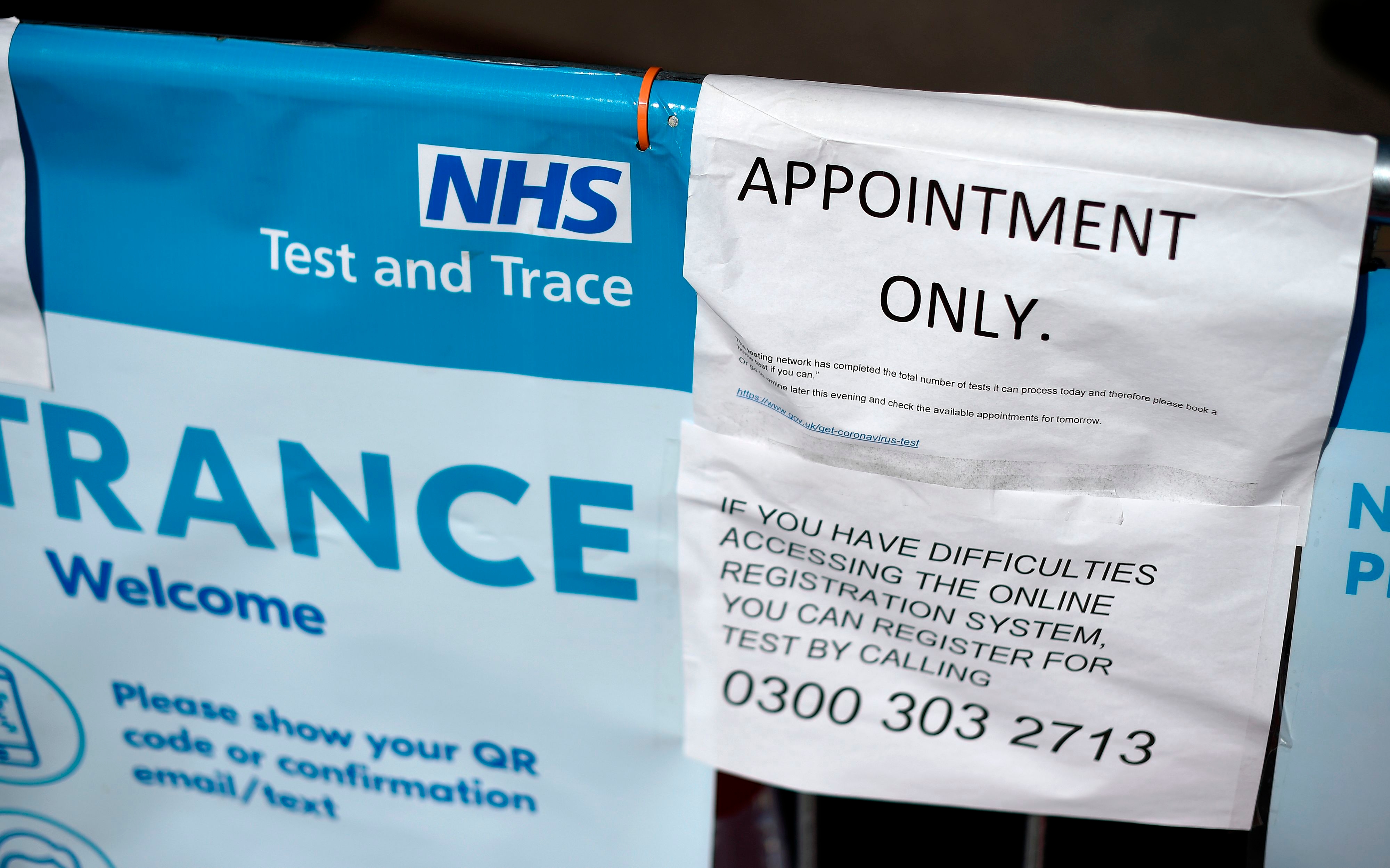Two days ago, the Prime Minister told us we are at a critical point in the Covid-19 crisis as a second wave threatened to engulf us. He warned of a second national lockdown. Yesterday, in spite of evidence from Imperial College of a declining R number, Matt Hancock introduced new restrictions in Liverpool and Teeside. But is the government behind the curve, failing to notice that the second wave is already fizzling out?
As I have argued here before, the daily numbers of confirmed cases are not a reliable indicator of the path of the epidemic. They are highly dependent on how many tests are being conducted and where they are being conducted — send a mobile testing unit to a known hotspot like Glasgow University, for example, and you will inevitably pick up a ‘surge’ in cases, regardless of what is actually happening. What really matters are the surveys on a randomised sample of the population — the React study, which I reported on here yesterday, and the ONS infection survey.
The government must now decide how to respond to the new figures
This week’s instalment of the latter has just been published this morning — and, like the React survey, suggests that the epidemic is slowing. In the case of the ONS study, however, the slowing is more dramatic. A week ago, its central estimate for the number of people in England then infected with Covid-19 was 103,600. This week it has grown to 116,600. The number of new infections, however, it estimates at 8,400 a day — down from 9,600 last week. This suggests that the second wave might already have peaked.
There are, however, many uncertainties. The ONS survey has a fairly broad margin of error — its estimated range for the number of people currently infected is between 101,000 and 133,100. The estimate is also wildly at odds with React survey, which has a central estimate that 411,000 people in England are currently infected.
That is an enormous difference, given that both are trying to measure the same thing and that the swabs were taken over the same period, and hints at some methodological difference. It is noticeable, however, that both React and the ONS survey are pointing in the same direction.
The ONS itself is reluctant to suggest that the second wave has peaked, stating only that:
there is some limited evidence that the incidence rate may be levelling off following steep increases during August and September, however the wide credible intervals mean it is too early to say.
The ONS survey would appear to calm fears that the infection is spreading from young people to the more vulnerable elderly. While it still shows infection rates among 11 to 24-year-olds growing sharply, rates among the over-70s, as well as 50 to 69-year-olds, are pretty flat. The survey shows infection rates among primary school age children and among 25 to 34-year-olds are falling.
The government must now decide how to respond to the new figures. In early to mid-September, it used these surveys, then showing a sharp rise in cases, as evidence that we needed more restrictions on our day to day lives. Does it now hold off more restrictions and prepare to relax the rule of six and 10 p.m. curfew for the pubs and restaurants — or does it take the line that it is too early to say that the tide has changed once again?








Comments